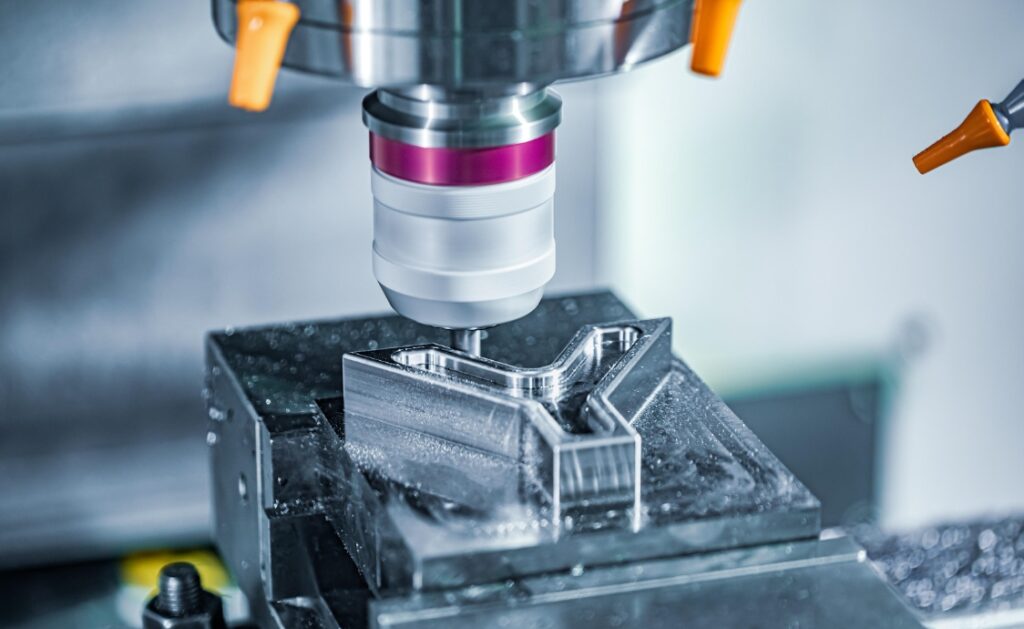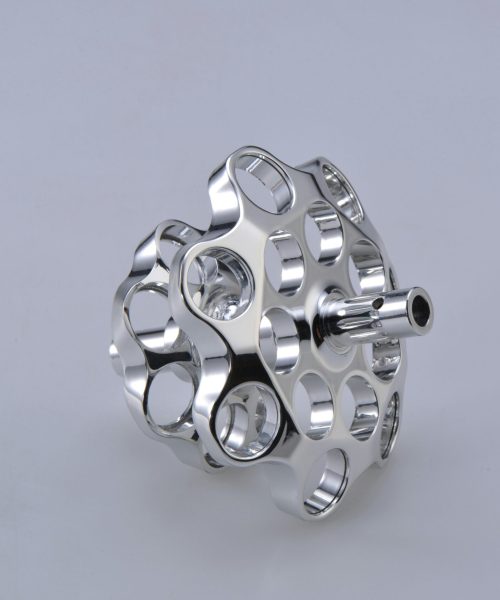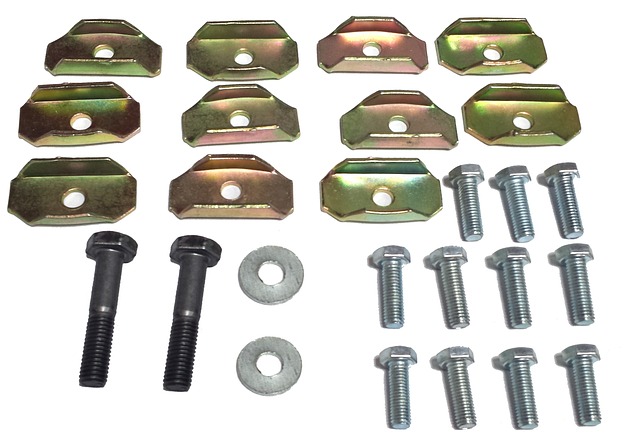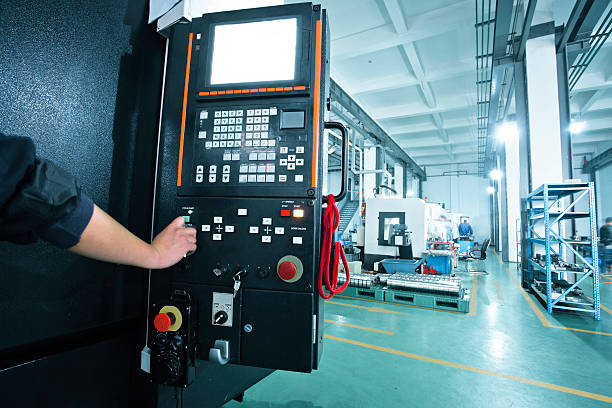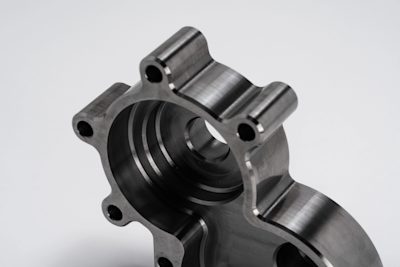Introdução
In the landscape of modern manufacturing, Maquinação CNC (Computer Numerical Control machining) plays a critical role. With its high precision, efficiency, and automation capabilities, it finds widespread applications in numerous sectors such as automotive, aerospace, medical, and electronics. However, unlike some highly integrated industries, the CNC industry exhibits a distinct “fragmented” state. This article will delve into the reasons for CNC industry fragmentation, its impacts, and future trends, with the aim of providing a valuable reference for industry professionals, investors, and readers interested in this field.


What is CNC Industry Fragmentation?
In simple terms, CNC industry fragmentation refers to the existence of a large number of small businesses of varying sizes, focusing on different niche areas, with a lack of uniformity and integration. In stark contrast to industries dominated by a few large corporations, the CNC industry is characterized by a multitude of small machine shops, each operating independently and specializing in specific machining types, materials, or industry applications. This fragmented landscape creates a complex and dynamic ecosystem within the CNC sector.
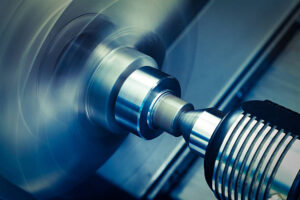

Manifestations of CNC Industry Fragmentation
CNC industry fragmentation manifests itself in various ways, primarily including:
Coexistence of Small Shops and Large Companies: A large number of small CNC machine shops exist alongside a few large corporations, forming a distinctive “olive-shaped” distribution.
Clear Specialization of Labor: Different companies specialize in different machining types (e.g., precision machining, large-batch production), materials (e.g., metals, plastics, composites), or industry applications (e.g., aerospace, automotive, medical), resulting in clear specialization of labor.
Regional Distribution Patterns: The CNC industry may exhibit different industry focuses in different regions, such as some regions specializing in automotive part processing while others focus on aerospace component machining.
Lack of Unified Standards and Platforms: The industry lacks unified standards, platforms, or collaboration mechanisms, resulting in barriers to information exchange and resource sharing.
Analysis of Causes of CNC Industry Fragmentation
What has led to this fragmented state of the CNC industry? This involves multiple factors:
Diversity of Market Demand: The demand for CNC machining varies greatly across industries, ranging from high-precision medical devices to large-volume automotive parts, resulting in a wide range of requirements. This diversity has given rise to low-volume, high-mix production models, while also having a demand for high-volume, low-mix needs.
Technical Barriers and Specialization: CNC machining involves various technologies (such as programming, machine tool operation, materials science), requiring high levels of professional skills. Different types of machine tools (such as milling machines, lathes, grinding machines) and material processing require different skill sets, causing companies to focus on specific areas and specialize in niche markets.
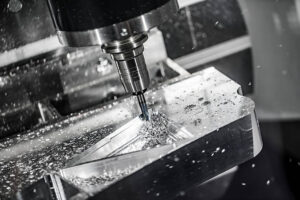

Capital Investment and Operating Costs: The purchase and maintenance of CNC equipment and software require significant capital investment. Smaller companies can more easily enter specific niche markets, reducing the initial pressure on capital investment. At the same time, labor costs, site costs, and operating costs also influence company size and distribution.
Impact of Competitive Landscape: Intense market competition forces companies to focus on niche markets to gain a competitive advantage by providing unique value or services. This competition has also promoted technological innovation and specialization.
Historical and Cultural Factors: Some industries and regions may have long-established industry practices and industrial structures. Small and medium-sized enterprises played an important role in the early development of the industry, leading to the long-term formation of a fragmented landscape.
Impacts of CNC Industry Fragmentation
The fragmented landscape of the CNC industry has had a profound impact on different participants:
Impact on Small Businesses:
Vantagens: High flexibility, fast response speed, specialized services, strong customization capabilities.
Desvantagens: Difficulty in scaling up, difficulty in financing, slow technological updates, high competitive pressure.
Impact on Large Corporations:
Vantagens: Economies of scale, brand advantages, strong technology, high level of automation.
Desvantagens: High operating costs, low flexibility, slow response to market changes.
Impact on the Industry as a Whole:
Positive Impacts: Promoted technological innovation and specialization.
Negative Impacts: Resulted in low industry efficiency, resource waste, intense price competition, squeezed profit margins, a lack of industry standards and unified platforms, and poor information exchange.
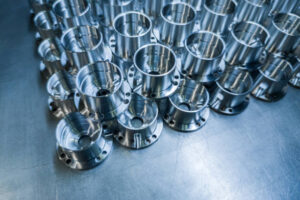

Future Trends of the CNC Industry
Faced with new technological challenges and market changes, the CNC industry is developing in the following directions:
Automation and Intelligence: Automation technology is being applied increasingly in CNC machining. The concepts of smart manufacturing and Industry 4.0 are gradually permeating the CNC industry. Automation can not only improve production efficiency, but also reduce labor costs and improve product quality.
Digital Transformation: Digitalization plays an increasingly significant role in improving efficiency and reducing costs. Technologies such as CAD/CAM, cloud platforms, and the Internet of Things are increasingly used in CNC machining. Digital transformation is reshaping the CNC industry’s business model and operating methods.
Possibility of Industry Consolidation: With the intensification of technological upgrades and market competition, there may be a trend toward consolidation in the CNC industry. Some small companies may be acquired by large corporations, and new industry alliances may also emerge.
Emerging Technologies and Applications: Emerging technologies such as additive manufacturing (3D printing) and composite material processing are having an impact on CNC machining. These new technologies may change traditional CNC machining processes and applications.
Focus on Employment Market and Skill Demand: With the increasing levels of automation and digitalization, the demand for new skills is increasing in the CNC industry. Skills in areas such as automation operation, digital management, and advanced programming will become increasingly important.
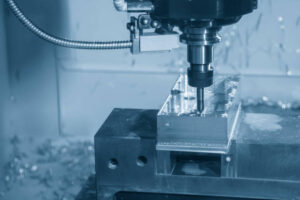

Conclusão
The fragmentation of the CNC industry is the result of multiple factors working together. Although this landscape presents opportunities for small businesses, they also face many challenges. In the future, automation, digitalization, and emerging technologies will profoundly change the face of the CNC industry. Industry practitioners should closely monitor these changes and actively adapt to new market demands in order to meet future opportunities and challenges.

